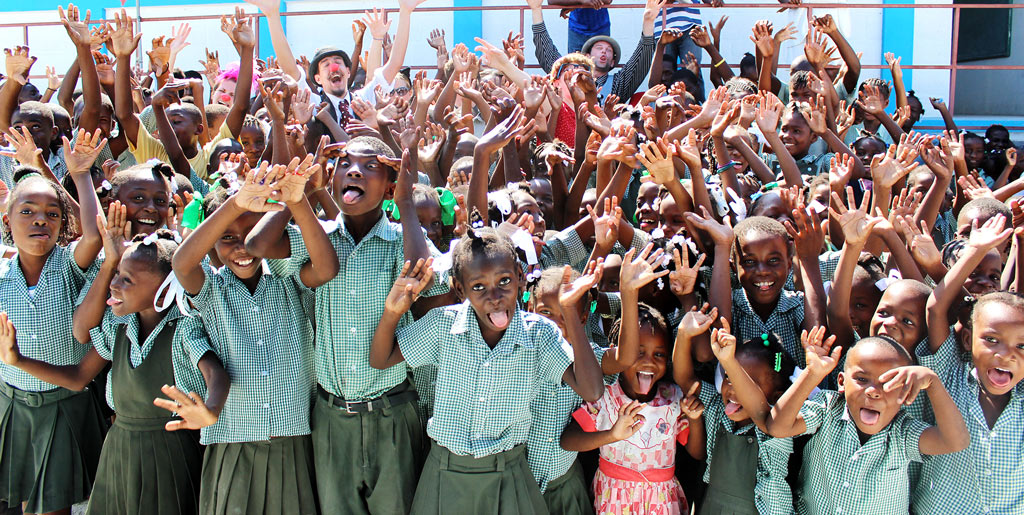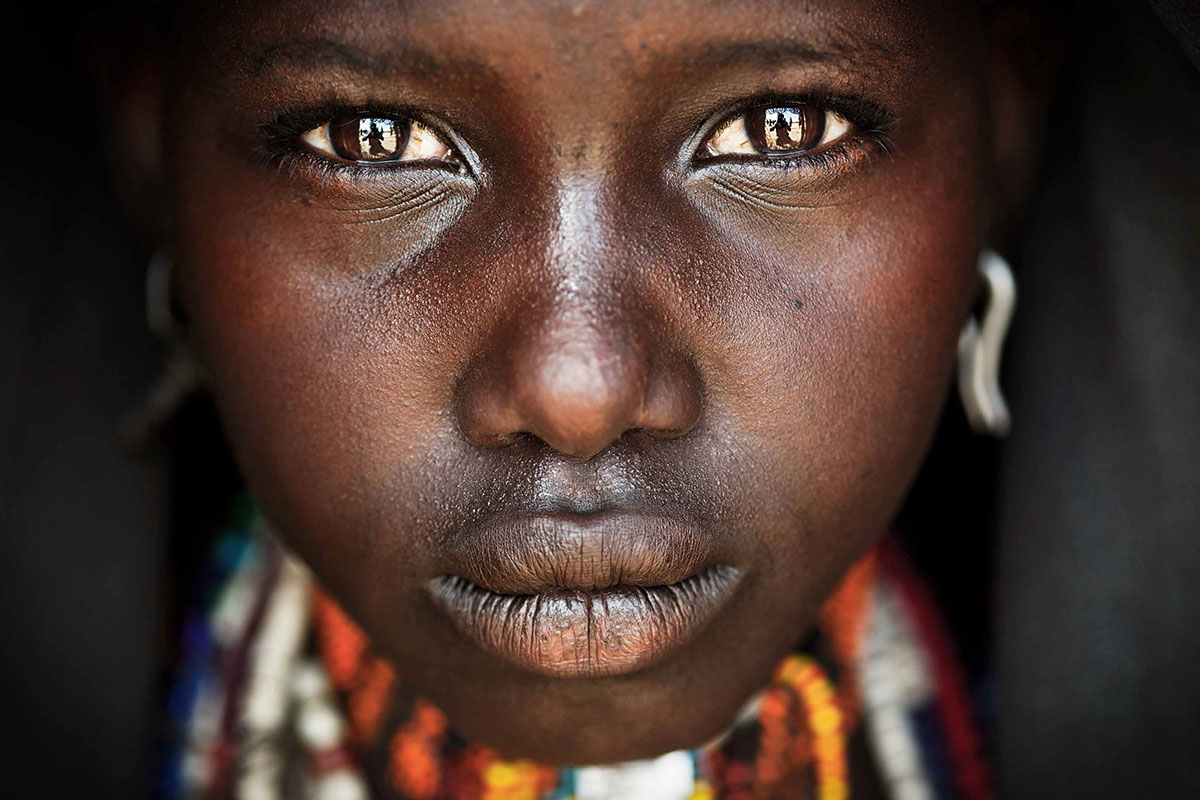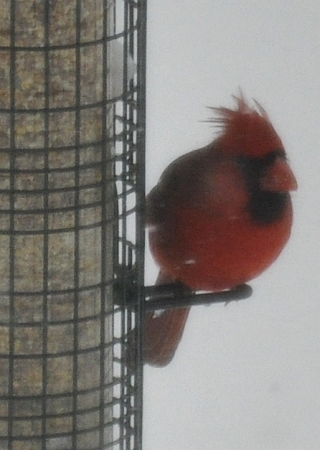
Spalding had spent more than thirty years on “the slippery slope,” as he called it, as a high-wire performer, a funambulist, and had never fallen off. He doubted if he could continue. While I expressed hope and optimism outwardly, I now shared his doubt.
On January 10, 2004, Spalding took his children to a movie. It was Tim Burton’s “Big Fish,” in which a dying father passes his fantastical stories on to his son before returning to the river, where he dies—and perhaps is reincarnated as his true self, a fish, making one of his tall tales come true.
That evening, Spalding left home, saying he was going to meet a friend. He did not leave a suicide note, as he had so often before. When inquiries were made, one man said he had seen him board the Staten Island Ferry.Two months later, Spalding’s body was washed up by the East River. He had always wanted his suicide to be high drama, but in the end he said nothing to anyone; he simply disappeared from sight and silently returned to the sea, his mother.
via Spalding Gray’s Catastrophe – The New Yorker.






















